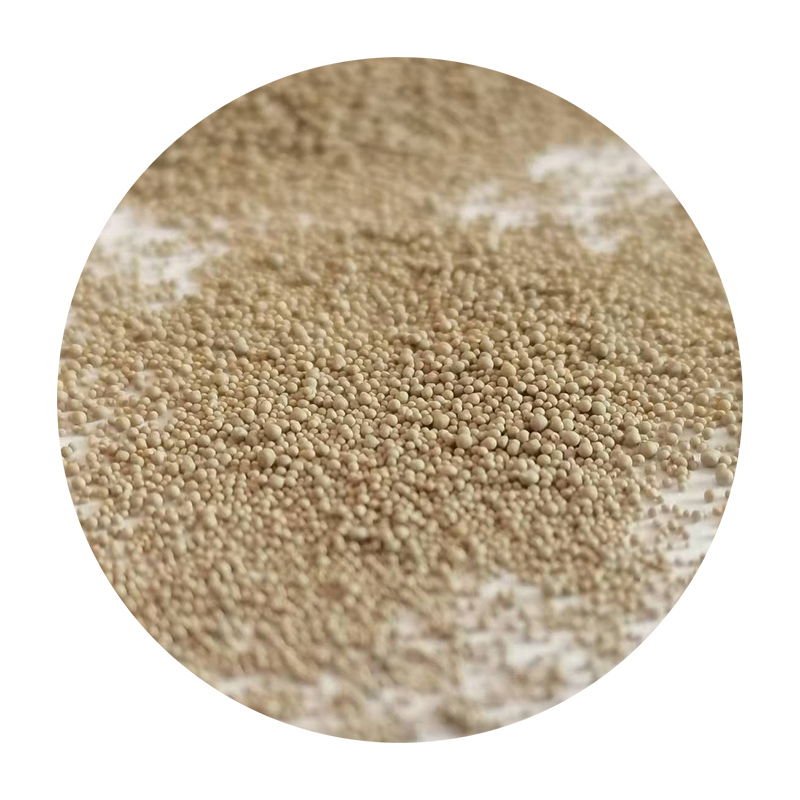 Apply thin, even coats using a spray can or airbrush, allowing each coat to dry completely before adding another Apply thin, even coats using a spray can or airbrush, allowing each coat to dry completely before adding another
Apply thin, even coats using a spray can or airbrush, allowing each coat to dry completely before adding another Apply thin, even coats using a spray can or airbrush, allowing each coat to dry completely before adding another sanding and painting 3d prints. Sand lightly with a high-grit sandpaper between coats to ensure a flawless surface.
Painting Techniques for Vibrant Results
With a well-prepared surface, it's time to unleash your creativity with paint.
Color Selection and Paint Types
Select paints suitable for plastic surfaces, such as acrylics, which are versatile and easy to work with. They also offer a wide range of colors and finishes, from matte to glossy.
Application Tips
For best results, apply paint in thin layers, building up coverage gradually. This approach reduces the risk of drips and ensures better control over the final appearance. Use painter's tape to mask off areas for clean, sharp edges.
Consider using stencils or airbrushes for intricate designs or gradients, and don't forget to ventilate your workspace properly when using aerosol paints.
Finishing Touches
After the paint has fully cured, consider applying a clear coat to protect the paint job and enhance its durability. Choose a clear coat that complements your paint finish—glossy for a shiny look, or matte for a subtle, non-reflective surface.
Conclusion
Sanding and painting your 3D prints elevates them from functional prototypes to visually stunning works of art. It's a process that requires patience, attention to detail, and a bit of experimentation. By mastering these techniques, you can transform even the most basic prints into pieces that command attention and showcase the true potential of 3D printing technology. So, grab your sandpaper, primer, and paints, and let your imagination guide you on this creative journey to perfecting your 3D creations.
Post time:Jun . 25, 2024 01:42
sanding and painting 3d prints. Sand lightly with a high-grit sandpaper between coats to ensure a flawless surface.
Painting Techniques for Vibrant Results
With a well-prepared surface, it's time to unleash your creativity with paint.
Color Selection and Paint Types
Select paints suitable for plastic surfaces, such as acrylics, which are versatile and easy to work with. They also offer a wide range of colors and finishes, from matte to glossy.
Application Tips
For best results, apply paint in thin layers, building up coverage gradually. This approach reduces the risk of drips and ensures better control over the final appearance. Use painter's tape to mask off areas for clean, sharp edges.
Consider using stencils or airbrushes for intricate designs or gradients, and don't forget to ventilate your workspace properly when using aerosol paints.
Finishing Touches
After the paint has fully cured, consider applying a clear coat to protect the paint job and enhance its durability. Choose a clear coat that complements your paint finish—glossy for a shiny look, or matte for a subtle, non-reflective surface.
Conclusion
Sanding and painting your 3D prints elevates them from functional prototypes to visually stunning works of art. It's a process that requires patience, attention to detail, and a bit of experimentation. By mastering these techniques, you can transform even the most basic prints into pieces that command attention and showcase the true potential of 3D printing technology. So, grab your sandpaper, primer, and paints, and let your imagination guide you on this creative journey to perfecting your 3D creations.
Post time:Jun . 25, 2024 01:42
Next:Components of Sand Casting Process An Overview
